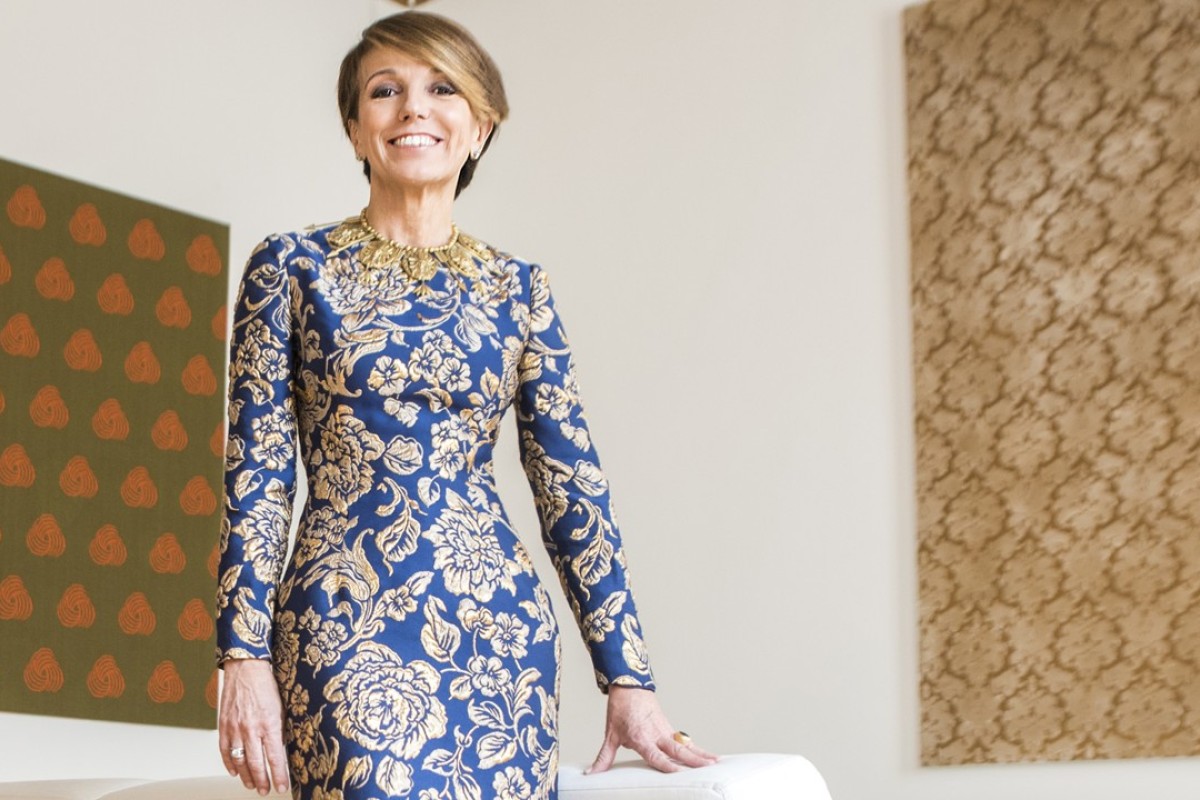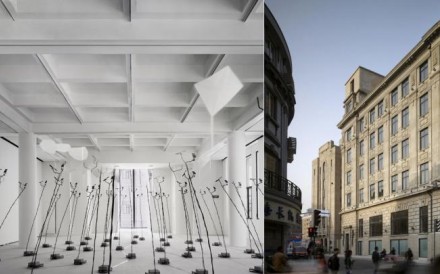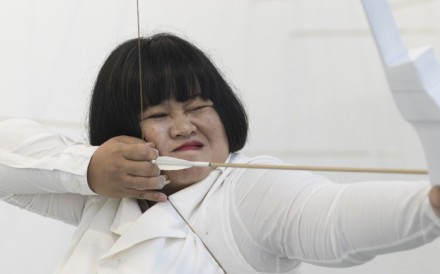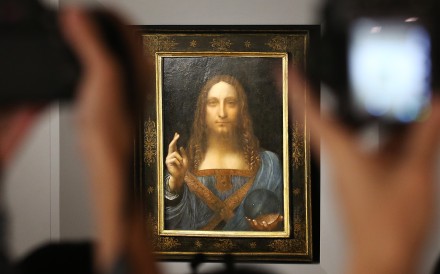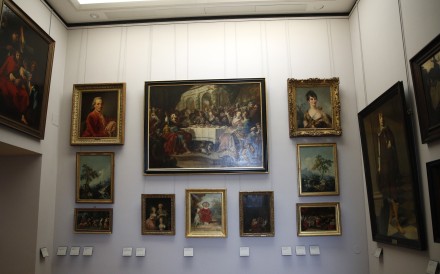A mid the din of drawbridges being pulled up around the world, an Italian aristocrat is using her contemporary art collection to try and open unofficial diplomatic channels between countries.
“Contemporary art is not just a way to decorate our houses. It is so much more,” says Patrizia Sandretto Re Rebaudengo. “It may not be easy to understand contemporary art but it opens your mind and makes you think. It helps us better understand each other.”
The 58-year-old from Turin is going to show part of her contemporary art collection at Shanghai’s private Rockbund Art Museum (RAM), founded by Hong Kong-based billionaire Thomas Ou Yaping, from March 24. Museum director Larys Frogier will select the items, which will include works by Western and Asian artists as well as a newly commissioned piece by Shanghai-born Zhang Ruyi.
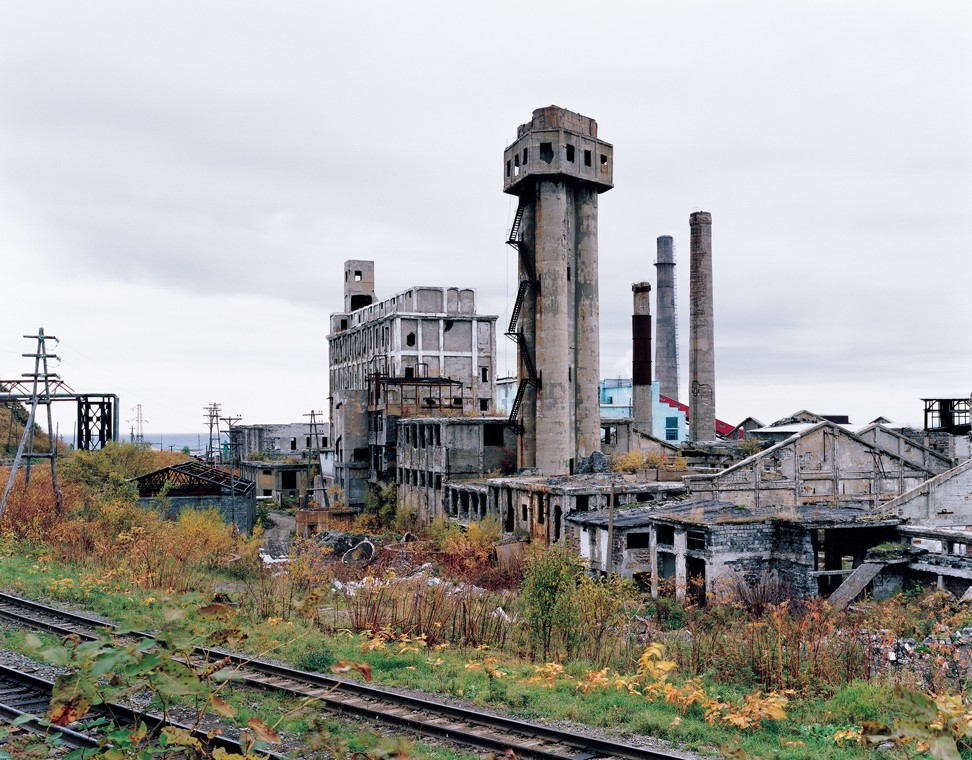
“Europeans rarely get the chance to see works by these Asian artists,” Sandretto Re Rebaudengo says. “Some of the artists will also be going to Turin for an exchange programme.”
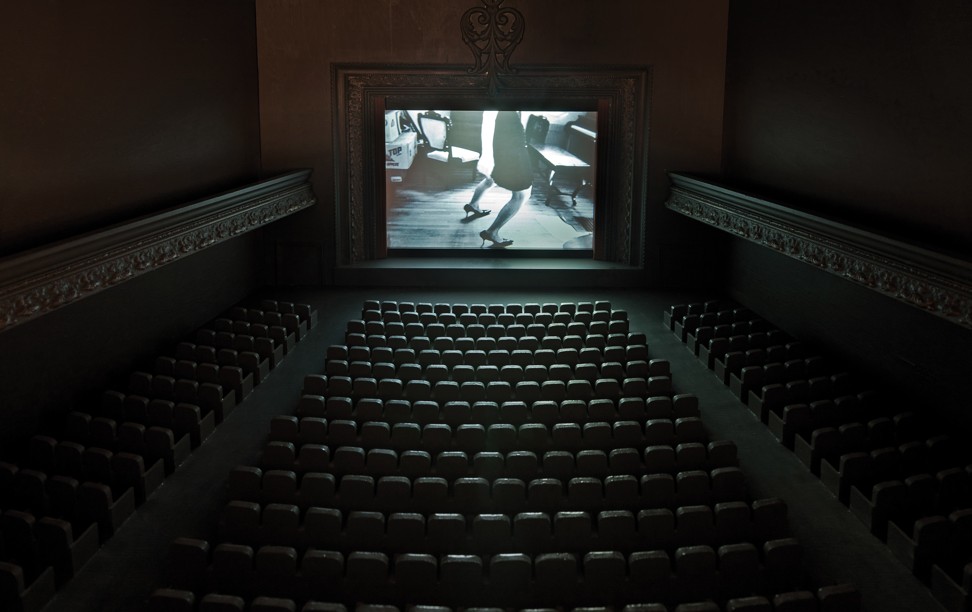

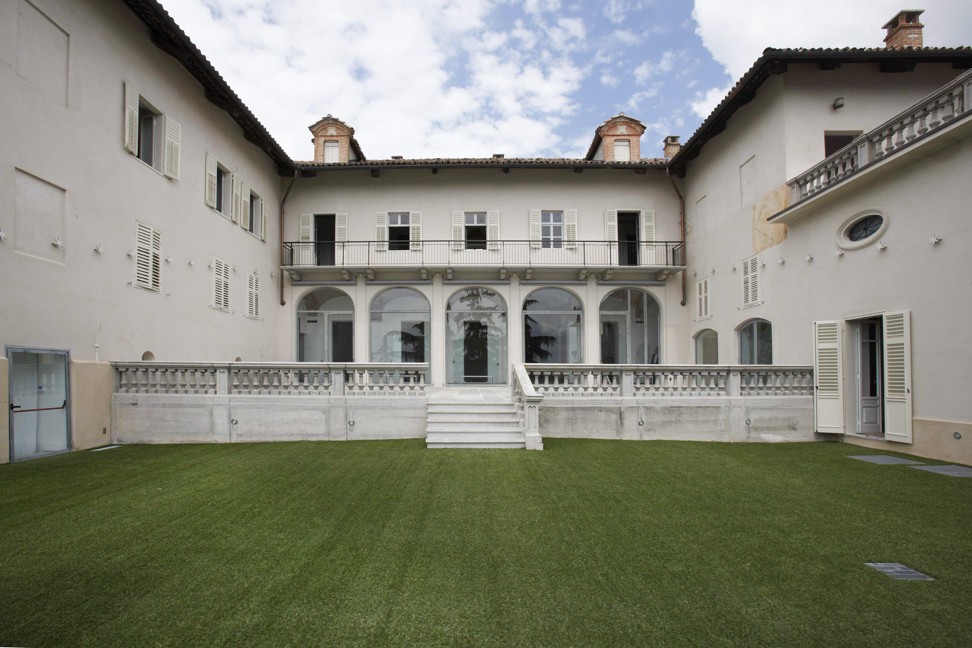
Sandretto Re Rebaudengo’s collection includes more than 1,000 pieces from artists such as Anish Kapoor, Julian Opie, Maurizio Cattelan, Tony Cragg and Asian names such as Song Tao, whose works she first acquired in 2006, when the Chinese artist was included in “Alllooksame? / Tutttuguale?”, a group exhibition of Chinese, Japanese and Korean art that was shown at her foundation in Turin. She also sees herself as an art patron who helps artists realise ambitious projects. For example, she co-produced Zidane: A 21st Century Portrait (2006), a French documentary film by Douglas Gordon and Philippe Parreno, and Alicja Kwade’s One in a Time, a large installation the Polish artist made for the 2017 Venice Biennale.
The jet-setting lifestyle means Sandretto Re Rebaudengo meets artists and picks up works from all over the world.
“My collection is a list of works, not a list of names of well-known artists,” she says. “I speak to the artists. I decide on all the acquisitions myself.”
Despite enjoying a close relationship with artists, she still insists on working through the gallery system.
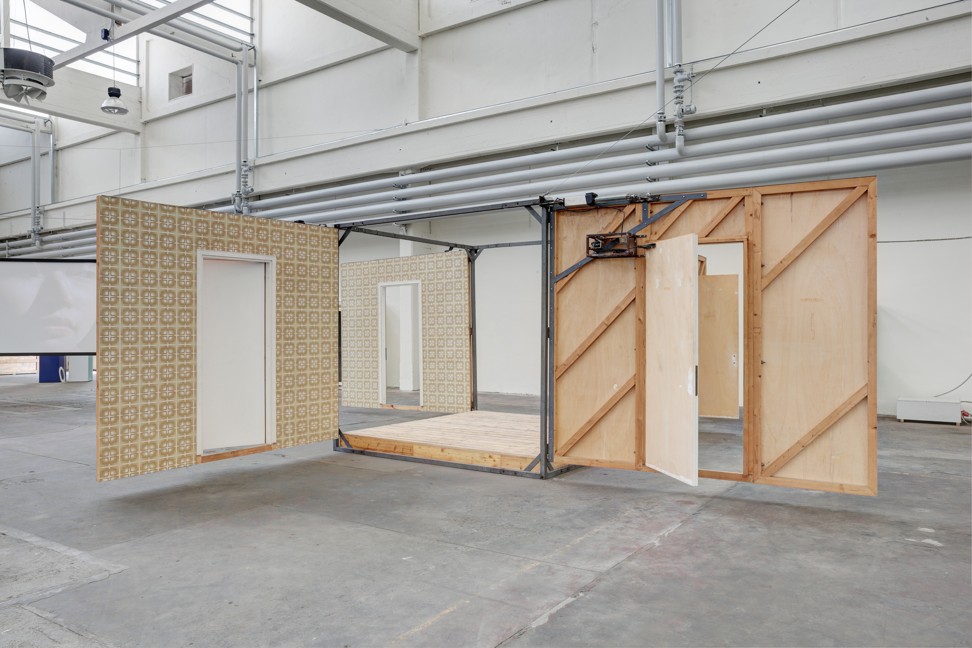
A river runs through it: Hong Kong exhibition looks at the countries shaped by the mighty Mekong
For her, art is a common language that can encourage cultures to understand each other.
“In the beginning, I was just a collector. But I soon wanted to be more involved: to give opportunity to artists and to collaborate with other institutions all over the world,” she says. “RAM shares my vision of how collaboration can contribute to the development of contemporary art and I hope to see more exchanges with China from now on.”
“Walking On The Fade Out Lines”, an exhibition of the Sandretto Re Rebaudengo Collection, will be shown at the Rockbund Art Museum, in Shanghai, from March 24 to May 27.
